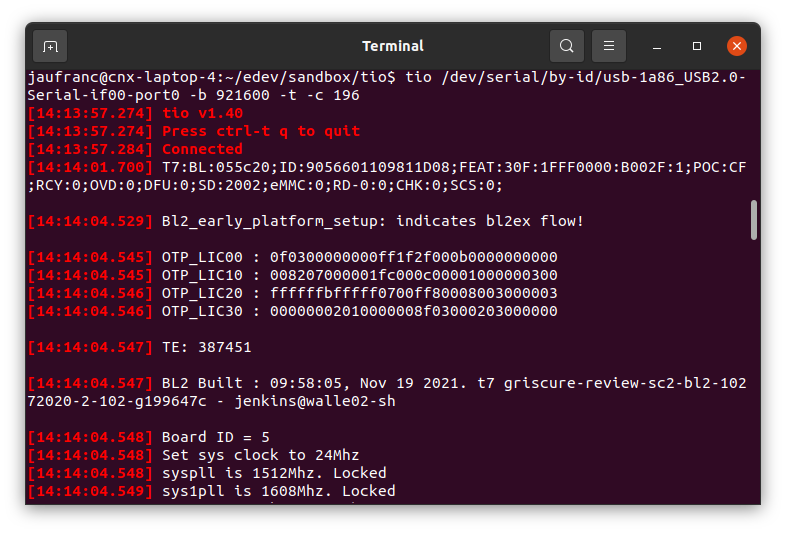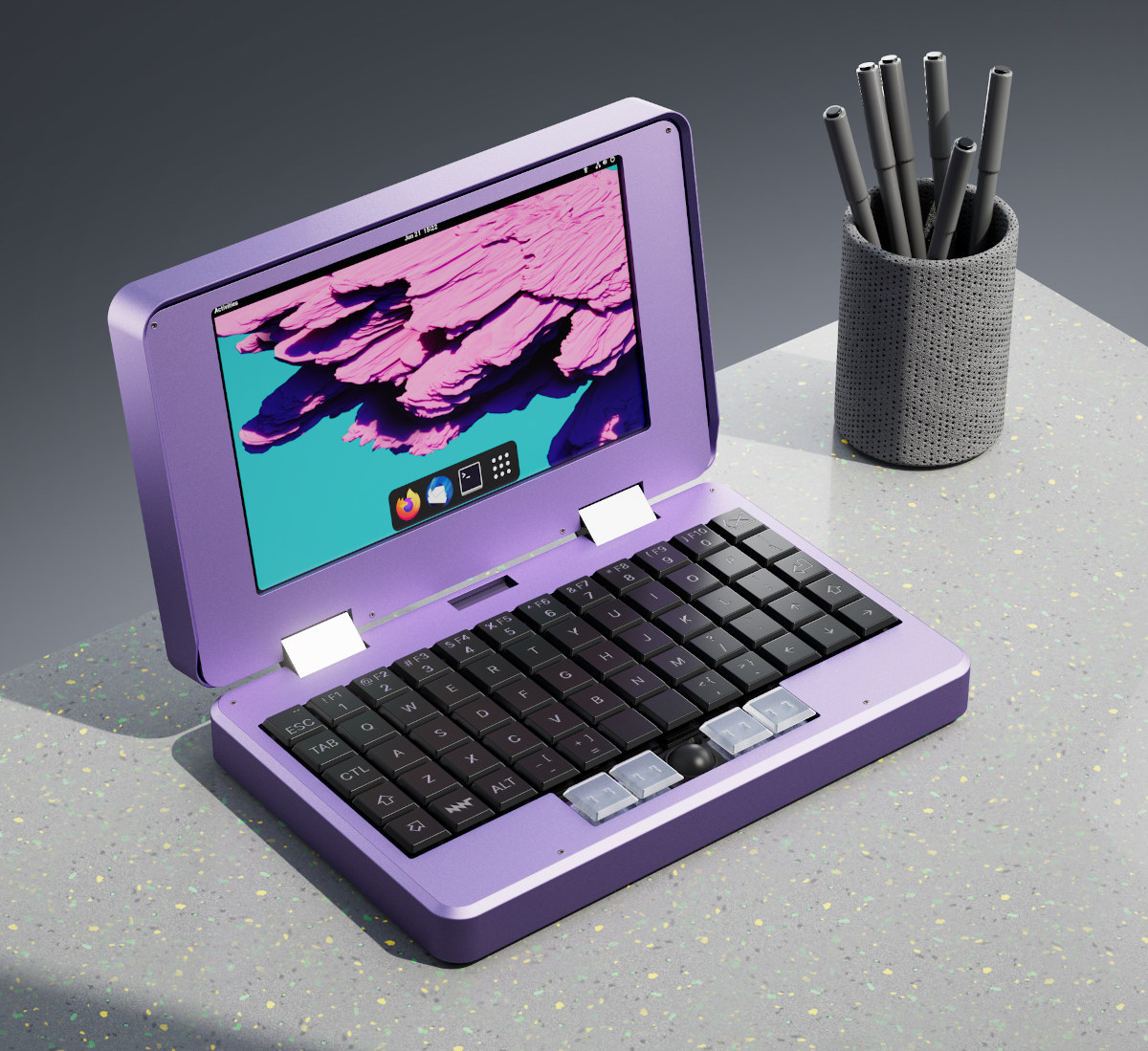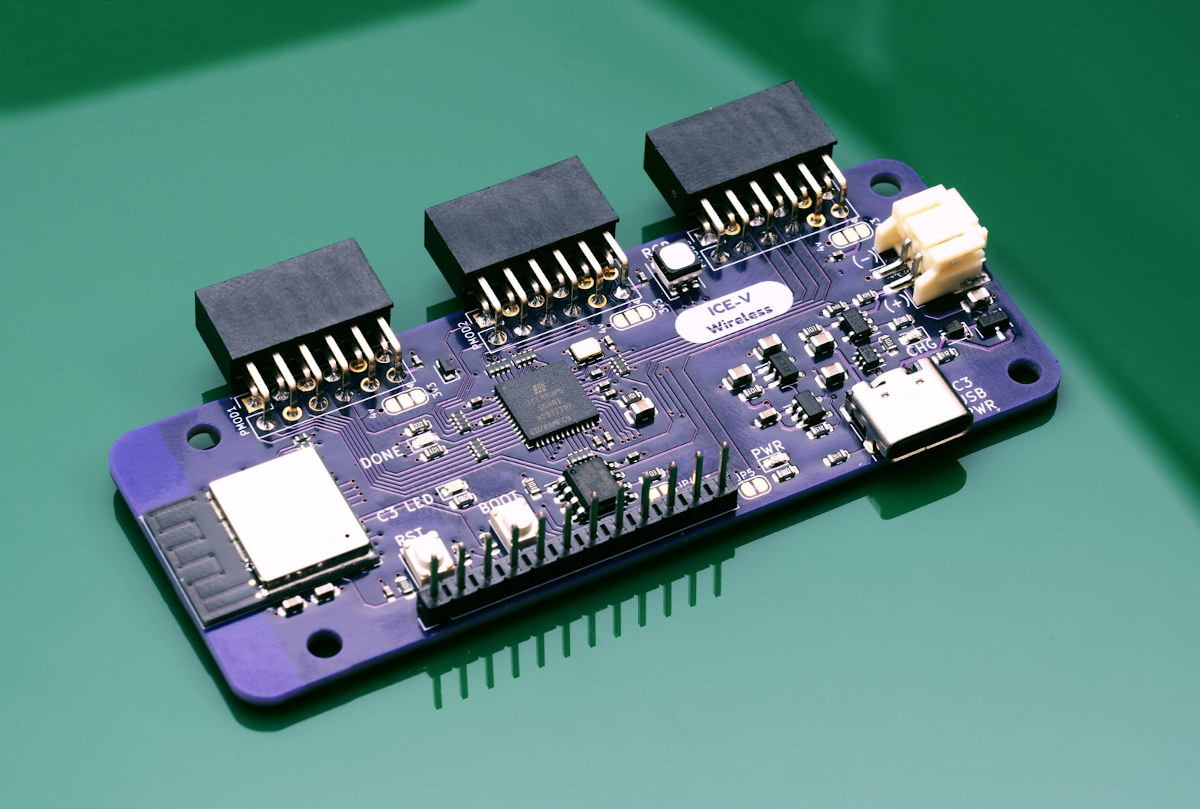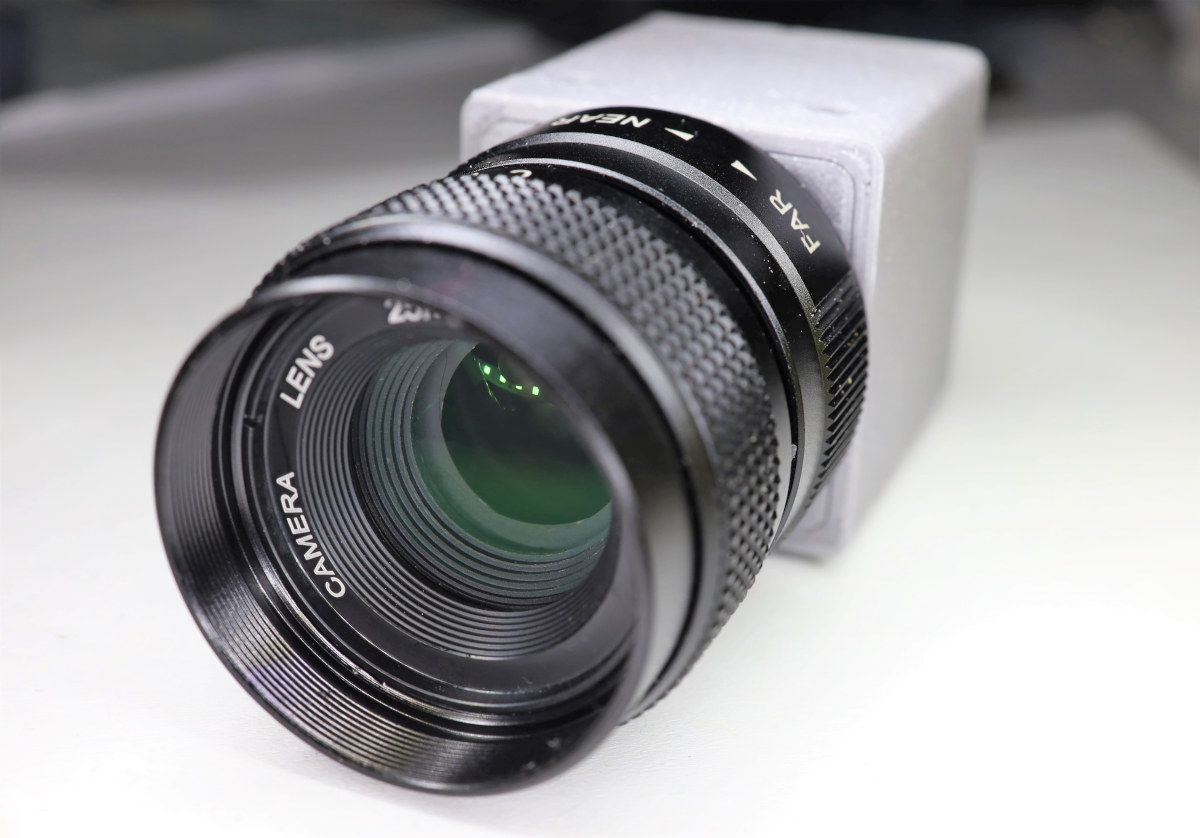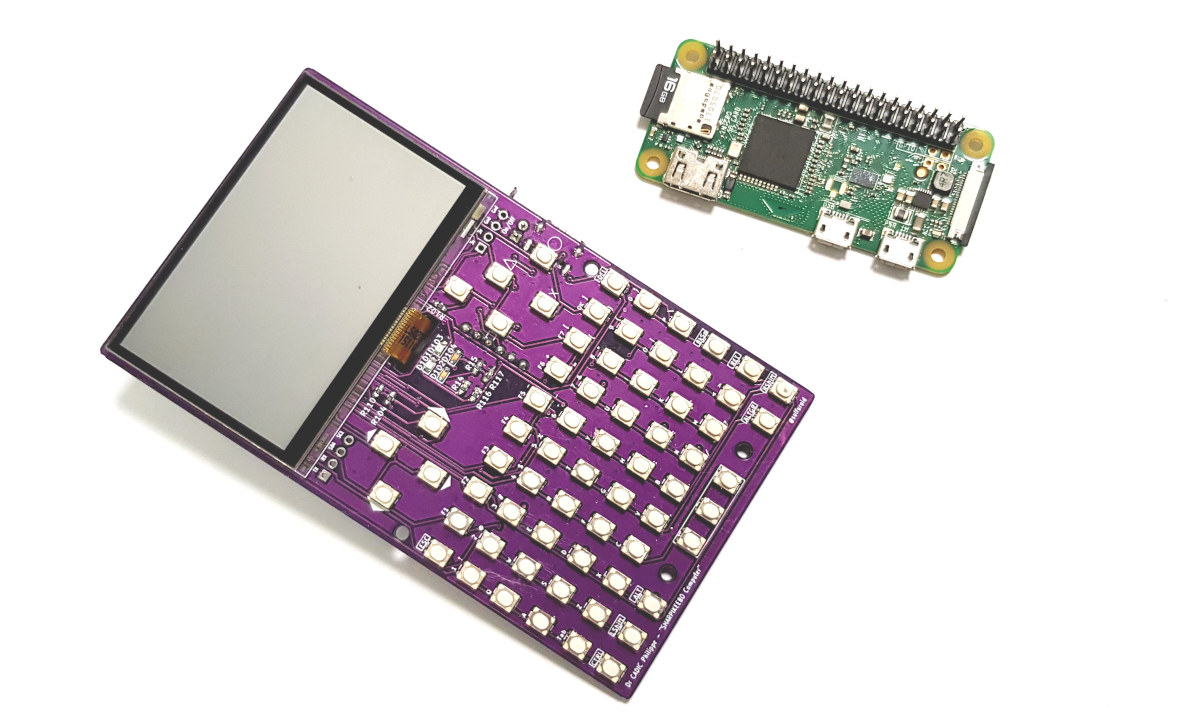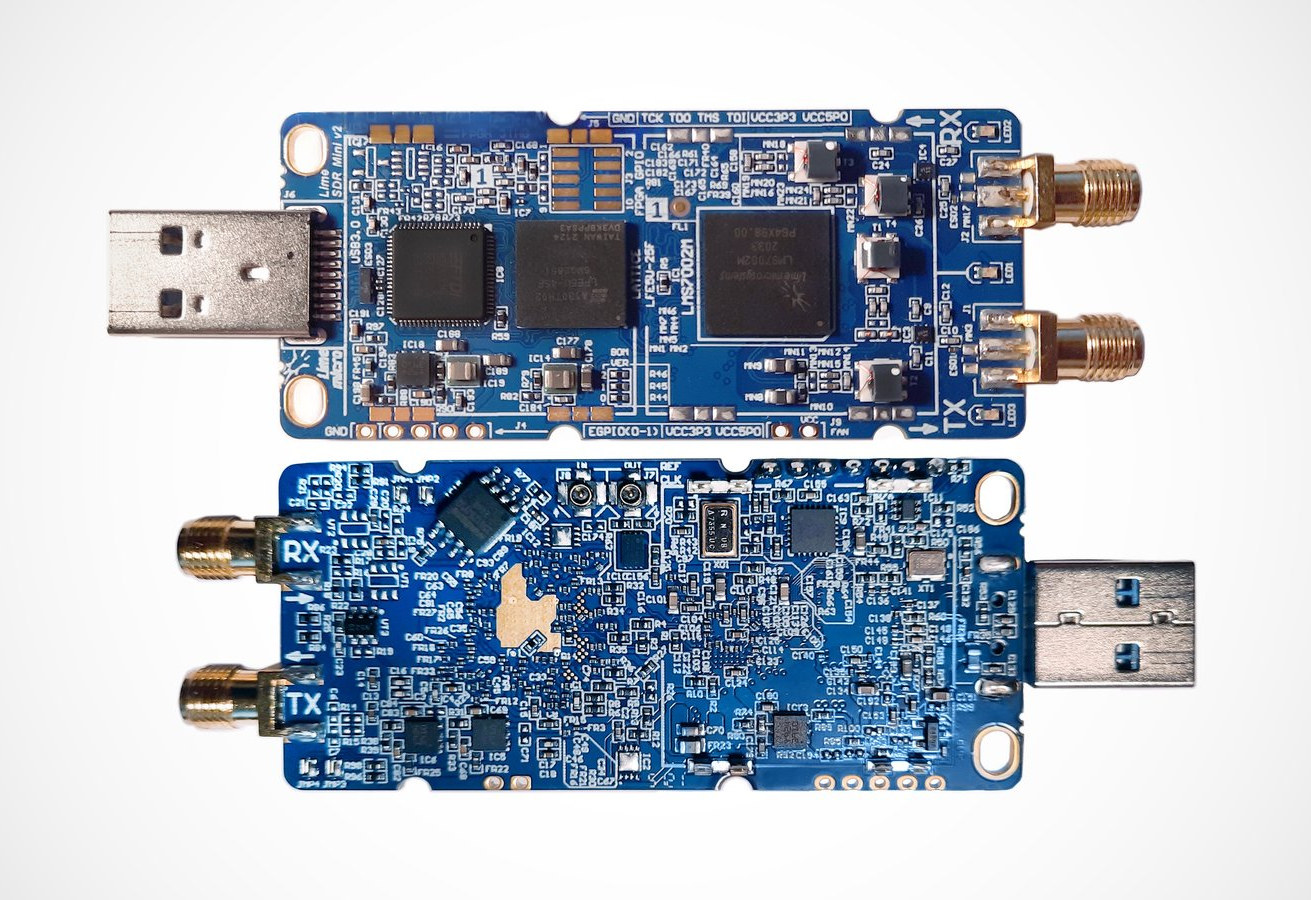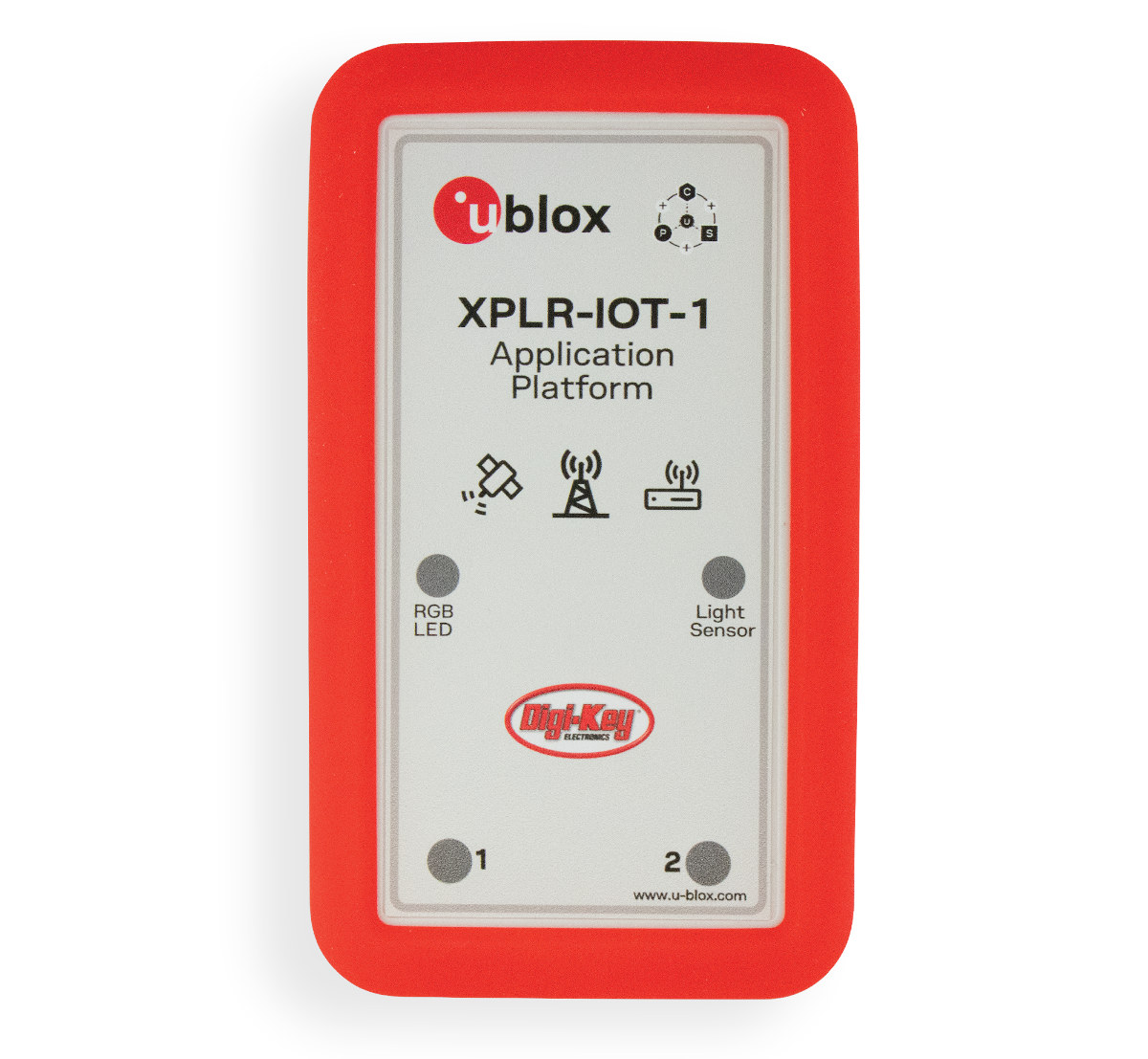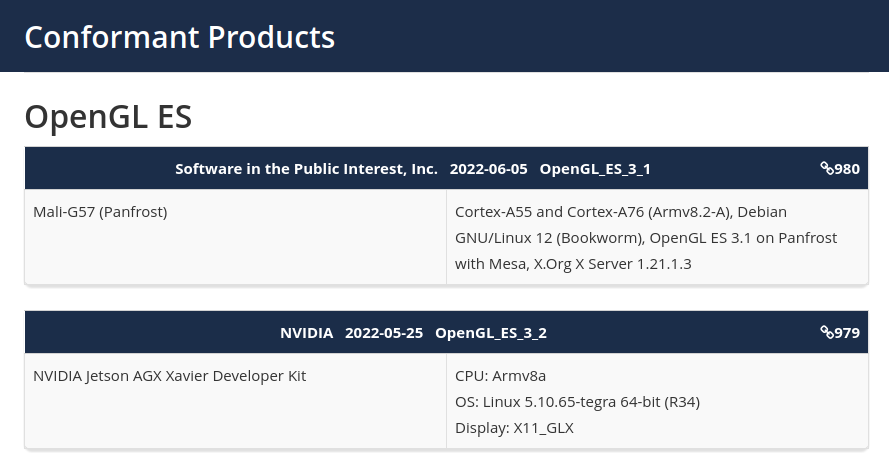There are already several serial terminal programs such as Putty and minicom, and in recent times, I’ve been using Bootterm myself. But that does not mean there isn’t room for more and Martin Lund has developed tio serial device I/O tool for Linux. Martin found out many of the existing tools are very modem focused or a bit cumbersome to use, so he developed tio as the simpler alternative which puts less focus on classic terminal/modem features and more focus on the needs of embedded developers and hackers.
MNT Pocket Reform 7-inch modular mini laptop takes a range of Arm (and FPGA) modules
MNT Pocket Reform is an open-source hardware mini laptop with a 7-inch Full HD display, an ortholinear mechanical keyboard, and trackball, that follows the path of its older and bigger sibling: the MNT Reform 2 laptop initially launched with an NXP i.MX 8M quad-core Arm Cortex-A53 module. The new laptop will not only support a similar “NXP i.MX 8M Plus” module but also a range of other Arm modules namely an NXP Layerscape LS1028A module with up to 16GB RAM, the Raspberry Pi CM4 module via an adapter, Pine64 SOQuartz (RK3566, up to 8GB RAM), as well as based on AMD Xilinx Kintex-7 FPGA for industrial use. MNT Pocket Reform specifications: Available system-on-modules Standard: NXP i.MX 8M Plus quad-core Arm Cortex-A53 @ 1.8GHz with 4 or 8 GB DDR4, Vivante GC7000UL GPU, 2.3 TOPS NPU NXP Layerscape LS1028A dual-core Arm Cortex-A72 with 8 or 16GB DDR4, Vivante GC7000UL GPU Raspberry […]
ICE-V Wireless FPGA board combines Lattice Semi iCE40 UltraPlus with WiFi & BLE module
Lattice Semi ICE40 boards are pretty popular notably thanks to the availability of open-source tools. ICE-V Wireless is another ICE40 UltraPlus FPGA board that also adds wireless support through an ESP32-C3-MINI-1 module with WiFi 4 and Bluetooth LE connectivity. Designed by QWERTY Embedded Design, the board also comes with 8MB PSRAM, offers three PMOD expansion connectors, plus a header for GPIOs, and supports power from USB or a LiPo battery (charging circuit included). ICE-V Wireless specifications: FPGA – Lattice Semi ICE40UP5K-SG48 FPGA with 5280 LUTs, 120 Kbits EBR RAM, 1024 Kbits PSRAM External RAM – 8MB PSRAM Wireless – ESP32-C3-MINI-1 module with 2.4 GHz WiFi 4 and Bluetooth LE through ESP32-C3 RISC-V processor, 4MB flash. USB – 1x USB Type-C port for power, programming, and JTAG debugging of the ESP32-C3 module Expansions 3x PMOD connectors connected to the FPGA I/O connector with 7x ESP32-C3 GPIO lines (serial, ADC, I2C) and […]
Open-source hardware USB Type-C industrial camera features Lattice Crosslink NX FPGA
Gaurav Singh, acting as Circuit Valley, has designed an open-source hardware USB 3.0 Type-C industrial camera with three boards: one to capture data through a CMOS sensor, another based on a Lattice Crosslink NX FPGA to handle image processing, and finally, a board equipped with an Infineon FX3 USB 3.0 controller for sending the video data to the host. This design allows the DIY camera to be extremely flexible, as for instance, you could keep the FPGA and USB board, and simply change the sensor board for a better/different camera. A 3D printable enclosure is also provided, and the camera supports C-mount lenses, so the lens can also be easily changed as required. Here’s what the final result looks like. Camera specifications: Sensor board Sensor for example Sony IMX290, IMX327, or IMX462 Oscillator FPGA/Host board interface – High-density connector with I2C, 4-lane MIPI with clock, I2C, a few other control […]
ShaRPiKeebo handheld Linux computer based on Raspberry Pi Zero (2) W ships with a LoRa radio (Crowdfunding)
Morpheans ShaRPiKeebo is a portable Linux computer based on Raspberry Pi Zero W or Zero 2 W SBC that reminds me of the Allwinner R8 powered PocketCHIP handheld computer that was introduced in 2016, and was quite popular (for a niche product) at the time. The ShaRPiKeebo comes with a physical QWERTY keyboard, a daylight-readable screen, and Wi-Fi & Bluetooth connectivity, but also adds a 433 MHz LoRa radio that should make it usable as an off-the-grid communicator. Just like PocketCHIP, the ShaRPiKeebo can be used for system administration, retro-gaming, pen testing, STEM education, and all sort of maker projects. ShaRPiKeebo specifications: Supported SBCs via 40-pin GPIO header – Raspberry Pi Zero W, Raspberry Pi Zero 2 W, and (maybe) compatible SBCs like Radxa Zero or Banana Pi M2 Zero Display – 2.7- inch SHARP memory display (LS027B7DH01) with 400×240 resolution, low-latency, low-power Connectivity 802.11 b/g/n WiFi 4, Bluetooth 4.2 […]
LimeSDR Mini 2.0 USB SDR board gets an upgrade to Lattice Semi ECP5 FPGA (Crowdfunding)
The LimeSDR Mini is an open-source hardware full-duplex USB SDR board based on Intel Altera Max 10 Altera FGPA that was introduced in 2017 on Crowd Supply and raised close to $2 million US dollars. Since it has been used in various projects including digital TV transmitters. Lime Microsystems is now back on Crowd Supply with the similar-looking LimeSDR Mini 2.0 replacing the MAX 10 FPGA with 16K logic gates with a more powerful and capable Lattice Semiconductor ECP5 FPGA with 44K logic gates while keeping the company’s LMS7002 RF transceiver. LimeSDR Mini 2 specifications: FPGA – Lattice Semi ECP5 (LFE5U-45F) with 44K logic gates, 108 sysMEM blocks (18kb), 1,944 Kb embedded memory, 351 Kb distributed RAM bits Storage – 4 MB flash memory for data; 2x128KB EEPROM for RF transceiver MCU firmware and data RF Lime Microsystems LMS7002M RF transceiver Tx & Rx SMA connectors Frequency range – 10 […]
u-blox XPLR-IOT-1 explorer kit embeds cellular IoT, Wi-Fi, BLE, GNSS, and sensors for IoT evaluation
u-blox XPLR-IOT-1 explorer kit is an all-in-one IoT evaluation platform with cellular IoT, Wi-Fi, Bluetooth Low Energy, and GNSS, plus some sensors to evaluate various IoT products and enable proofs of concepts such as logistics container trackers, industrial automation, sensor-to-cloud applications, and fleet management solutions. The device’s main module is the u-blox NORA-B106 with a dual-core Arm Cortex M33 microcontroller and Bluetooth LE 5.2 radio that host the application software and control the other modules, namely the SARA-R510S module for LTE-M and NB-IoT cellular connectivity, NINA-W156 2.4 GHz Wi-Fi module, and the MAX-M10S GNNS module. The XPLR-IOT-1 platform is also equipped with an accelerometer, a gyroscope, a magnetometer, and temperature, humidity, pressure, and ambient light sensors. u-blox XPLR-IOT-1 specifications: Main MCU – Nordic Semi nRF5340 dual-core Arm Cortex M33 @ 128/64 MHz with 512 + 64 kB RAM memory and 1024 + 256 kB flash (found in NORA-B106 module) Wireless […]
Panfrost now offers a fully-conformant OpenGL ES 3.1 implementation for Mali-G57 (Valhall) GPU
The Mali-G57 GPU part of the Valhall family, and found in several Arm processors such as MediaTek MT8192 and MT8195 SoC powering some Chromebooks, is now supported by the Panfrost open-source driver with a fully-conformant OpenGL ES 3.1 implementation. Last year, Collabora updated Panfrost with support for OpenGL ES 3.1 on Midgard (Mali T760 and newer) and Bifrost (Mali G31, G52, G76) GPUs, and also announced having started working on Valhall GPUs. One part of the work was done in the summer of 2021 with some reverse-engineering work on Mali-G78 GPU’s instruction set, and this has culminated with a fully-conformant OpenGL3.1 for Mali-G57 GPU. Interestingly, it’s not been released by Collabora directly, but through an organization called “Software in the Public Intenerest, Inc.” (or SPI for shorts) which happens to be a non-profit organization incorporated on June 16, 1997, and described as: a non-profit corporation registered in the state of […]


